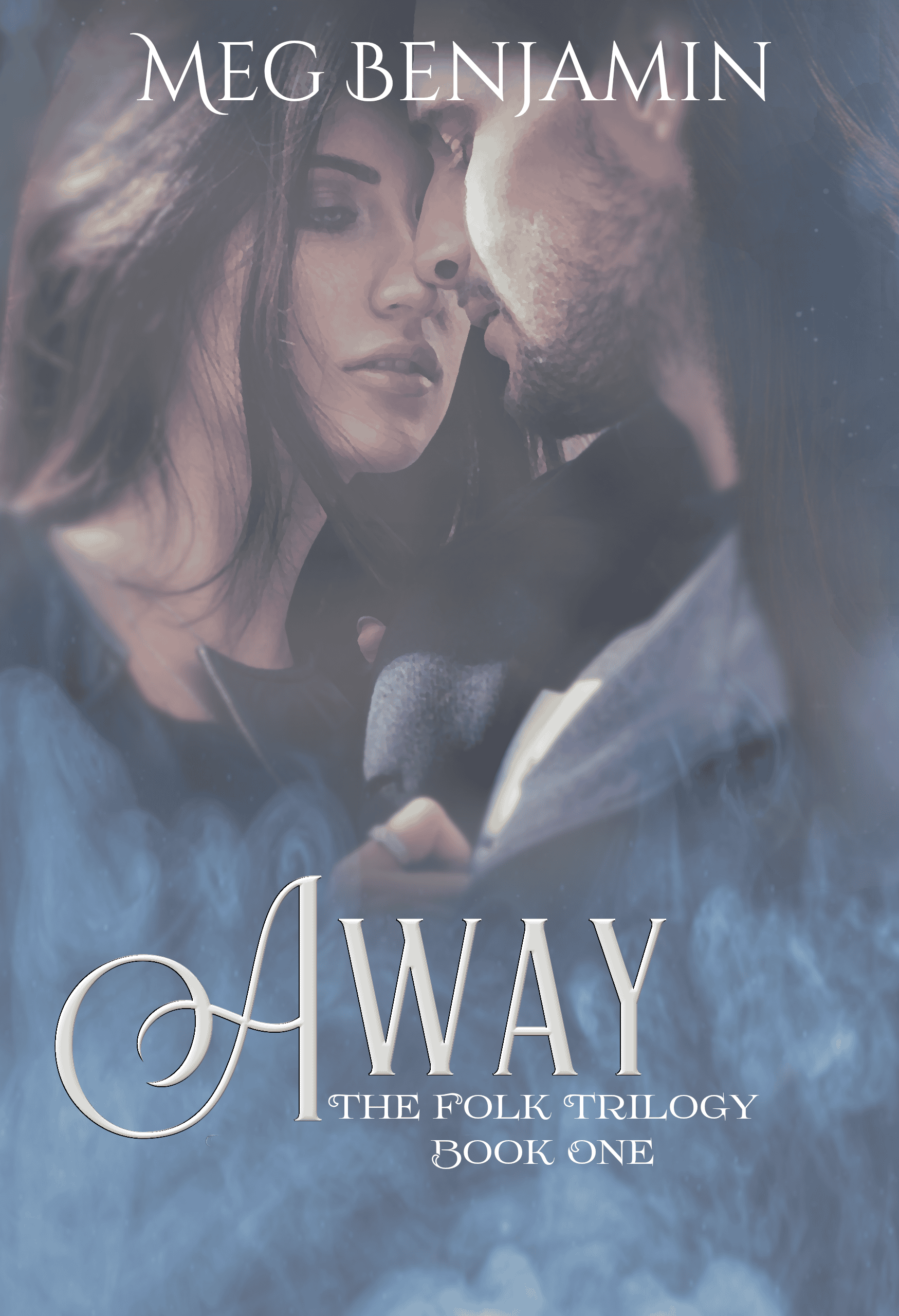Away: Magical Research
 I started writing the Folk series (Book 1, Away, is available for preorder now) a while ago, knowing nothing about fairies beyond the usual. And by “the usual” I mean pretty much Midsummer Night’s Dream and a very obscure Kipling children’s book called Puck of Pook’s Hill. I knew I needed to do some research on the subject, although I hadn’t much of a clue how to start. Googling fairies gets you over 150 million results.
I started writing the Folk series (Book 1, Away, is available for preorder now) a while ago, knowing nothing about fairies beyond the usual. And by “the usual” I mean pretty much Midsummer Night’s Dream and a very obscure Kipling children’s book called Puck of Pook’s Hill. I knew I needed to do some research on the subject, although I hadn’t much of a clue how to start. Googling fairies gets you over 150 million results.
Enter Anna Franklin. Her Illustrated Encyclopaedia of Fairies is a delight, as well as essential reading for somebody like me. She covers everything from generic topics like spinning/weaving (important in book 2, Unseen) or clothes to the most esoteric, like Havfine (Norwegian mermaids) or Medb (an Irish succubus). After spending some time with Franklin, I decided I wanted to bring a variety of European fairies to America—why wouldn’t fairies emigrate like their non-supernatural cousins?
I concentrated on groups of fairies who lived in mountains or woodlands, since I figured those were the beings who’d most likely gravitate toward the Rockies. Kobolds were a natural. They’re northern European mine fairies, and the name derives from coboldus, Latin for mountain spirit. My present-day Kobolds live in Nederland, an actual town in the mountains above Boulder. The hero of Away, Grim Morrigan, is half Kobold, although he’s not all that fond of his relatives, who own a sand and gravel business. Another group of mountain fairies were the Barbegazi, who come from the Italian Alps. In their natural setting they hibernate in the summer and only come out when the temperature drops below freezing. My Barbegazi have adapted to their Colorado home, but they do get into a bit of trouble over a freezing spell they’ve developed that they unleash in a bar bet. I also introduced Doonies and Dunters, Scottish fairies who live in the borderlands, and Silvani, another branch of Italian woodland fairies. I played a little fast and loose with the Doonies, making them a bit more redneck than they are in their traditional roles. But I figured their New World versions might be a bit less orthodox than their Highland counterparts.
These mountain and woodland fairies are all well settled in Colorado and environs, but I also found a couple of groups who might not be so happy to be here. Seelies are the aristocrats of Scottish fairies, and the Seelies in Away are far from delighted with their status in the New World, which they see as a definite come-down. They’re the bullies of the Folk. The Folletti are Italian fairies closely related to succubi. The ones in legend are male, but mine are female and the descendants of courtesans. They’d probably be much happier in Rome or Milan than they are in the foothill suburbs of Denver, which don’t feature too many billionaires. And as we all know from generations of folktales, unhappy fairies cause mischief.
I really enjoyed the world building in the Folk; the characters were great fun to work with. I hope you’ll enjoy stepping into their world, too. After all, the message of the Folk is clear: you never know what’s going on just beneath the surface. Maybe your next-door neighbor is a Kobold or the couple down the street are Silvani (the women are Silvane). With the Kobold, you can always check his feet—they’re supposed to be oversize. But maybe they won’t look any different—maybe they’ve evolved in a new way.
You never can tell.
Posted in Blog, On Writing • Tags: Away, fairies, paranormal romance, The Folk | Be The First To Reply!








